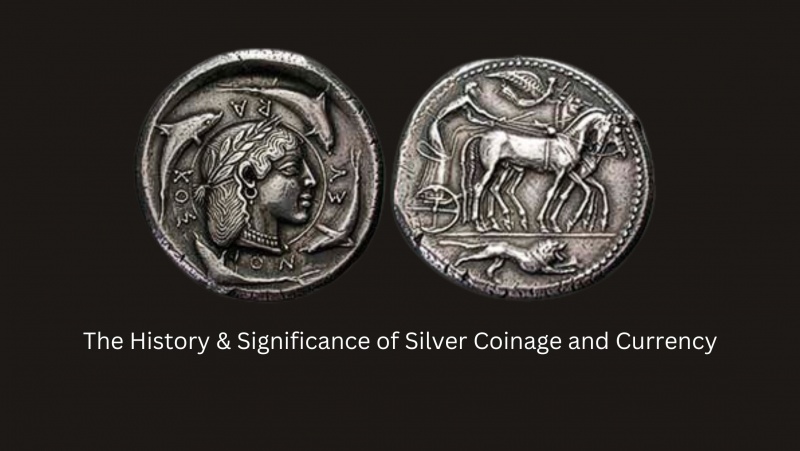Have you ever questioned how the parts originate that enable your desktop or laptop, mobile device, or other electrical gadget function when you put it on? It takes an extended period to turn silver from rock into practical material that may be used in technology, healthcare equipment, and a variety of uses. The challenging and complex process of passing on silver nuggets from the earth into metal that is ninety-nine percent pure and fit for use. To truly appreciate and know the numerous applications of silver, one must be conversant with its history and production techniques.
Geologists’ Methods for Finding Precious Metals: Finding Silver Ore Deposits
- Discovering silver ore deposits demands dedication, information, and an extra bit of fortune. To find potential silver-bearing locations, geologists adopt a mix of field research, geochemical evaluations, and geophysical methods.
- Geologists search for rocky formations and compositions that have been shown to hold silver ore using geochemical techniques, such as soil and water sampling. Additionally, geologists search for ground enrichment and modifications that could point to the existence of silver ore beneath the surface.
- Anomalies below the surface that could be ore deposits have been identified using geophysical techniques such as magnetic, the force of gravity, and electromagnetic surveys.
- To determine the exact quantity of silver present, samples of the core are taken and analysed. If the deposits are found to have sufficient silver to be obtained economically, the site is turned into an operational mine.
Extracting Silver Ore: Crushing, Grinding and Chemical Processing
The ore must be crushed and pulverized to separate silver ions from the rock, which is required for silver mining. The process, also known as comminution, comprises several phases:
- The ores need to be first smashed to the proper size, and it’s typically between 3/8 and 2 inches in size. Cone and jaw crushers are used in this process.
- Then subsequently ground using revolving mills containing steel rods or balls. Till the ore is reduced to micron-sized particles, the procedure is conducted. Grinding improves the amount of silver that can be taken out of the rock that surrounds it.
- Reagents made from chemicals are added to the water and crushed ore mixture to create a slurry. Sulphide minerals are oxidized by air being blasted through the slurry before the ore is transported to flotation cells, wherein airborne particles are produced. As air pockets cling to the silver and enable it to float to the surface, isolating it from the waste rock, chemicals are incorporated to make the silver atoms water-repellent. Collect, dewater, and dry the concentrated silver froth.
Refining Silver Ore into Bullion: Smelting, Electrolysis, and Cupellation
Smelting: To eliminate impurities, the ore containing silver is crushed and fired in a furnace. When the ore is smelted, the silver that remains becomes concentrated into dore bars, an alloy comprising significant amounts of silver in addition to gold and other metals. To transform silver into bullion, additional purification is needed.
A flow of electricity is used in electrolysis to further clean the silver. A current of electricity is running while the dore bar remains suspended in an electrolyte solution. Negatively charged plates attract and hold onto silver ions, letting aside gold and other metals. After that, the silver is cleaned, dried, and melted to create bullion.
Cupellation: This is for ultimate purification. When lead oxide, or litharge, is used to heat the alloy, it absorbs other metals while leaving silver behind. Refined silver is produced when oxygen in the air combines with lithium to create lead oxide emissions and slag. After that, the silver is melted down to create bars of bullion that are.999 pure and ready for sale.






